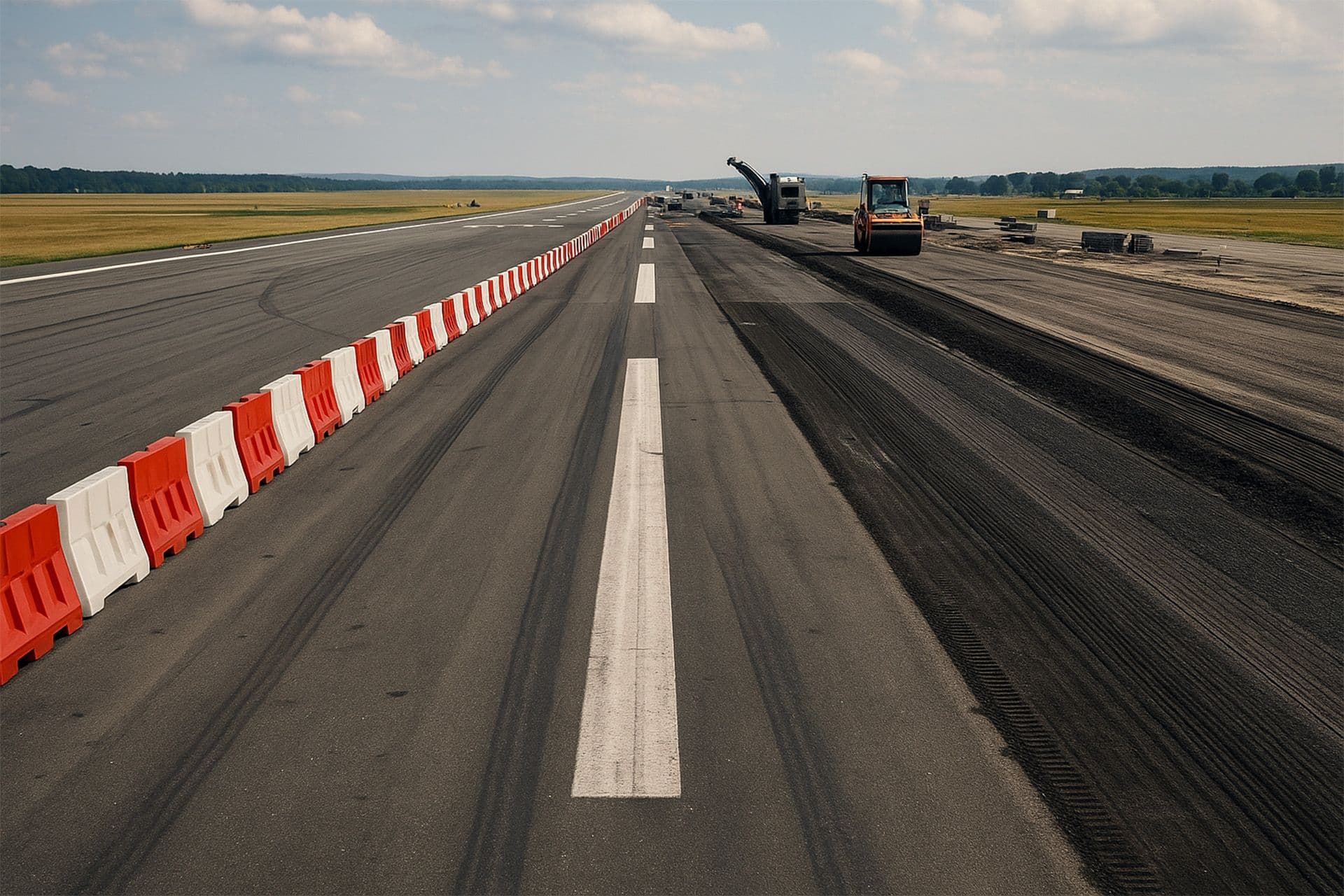Tire pressure warning light – what to do when it comes on?


The tire pressure warning light is a yellow symbol resembling a tire cross-section with an exclamation mark. It appears on the dashboard when the TPMS (Tire Pressure Monitoring System) detects that one or more tires have dropped below the allowable pressure. This doesn't necessarily mean a puncture, but it's always a warning that you should stop and check your tire pressure.
In cars in the MobiCars fleet, such as the Nissan Qashqai, Toyota Yaris, or MG HS, this system works automatically and precisely. In some models (e.g., the Qashqai), you can even see which tire has lost pressure on the on-board computer screen. This is a great convenience, especially when you're on the road and unsure if it's safe to continue driving.
Temperature differences are most often the culprit. Physics tells us that air in a tire behaves like a gas—as the temperature drops, the pressure decreases, and as it rises, it increases.
Therefore, in autumn and winter, when the temperature drops by 10–15°C after an overnight stop, the warning light may come on even if everything was fine the day before.
For example, if the pressure in your Nissan Qashqai was 2.4 bar at +20°C, it could drop to as low as 2.1 bar at 0°C. The TPMS will recognize this as a drop and issue a warning. Once the pressure is inflated to the recommended level (usually found on a sticker on the driver's door or fuel filler flap), the light should go out after a few minutes of driving.
Low tire pressure isn't just an inconvenience—it's a real danger and higher costs.
Underinflation increases rolling resistance, which increases fuel consumption by as much as 0.3–0.5 l/100 km. The tire flexes more, and its contact patch with the road increases. This leads to tread overheating and accelerated wear.
From a safety perspective, underinflation increases braking distances, reduces cornering grip, and increases the risk of aquaplaning.
In SUVs like the MG HS or Toyota RAV4, these effects are even more noticeable due to the vehicle's greater weight.
On the other hand, excessive tire pressure causes the car to lose comfort – the tires become harder, less grippy, and less effective at absorbing bumps.
In MobiCars cars, as in most modern cars, two types of TPMS systems are used:
The direct system is more precise, but also susceptible to errors, for example, after tire changes or wheel rotation. In such cases, it's worth recalibrating.
The tire pressure warning light is no small thing – it's a signal that your car needs attention. Even if it's just a cold morning, adding air to your tires will take you a few minutes and will help you avoid tread wear, increased fuel consumption, and dangerous driving situations.
In the cars available at MobiCars, all TPMS systems are regularly checked, and the tires are kept in perfect condition to ensure your journey is safe and comfortable – regardless of the weather.


